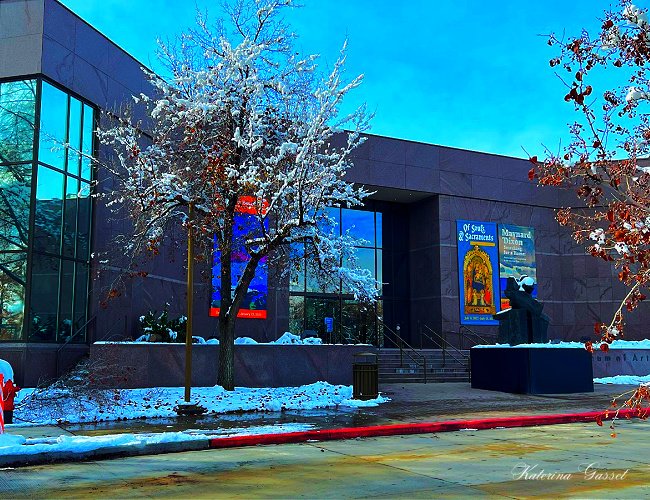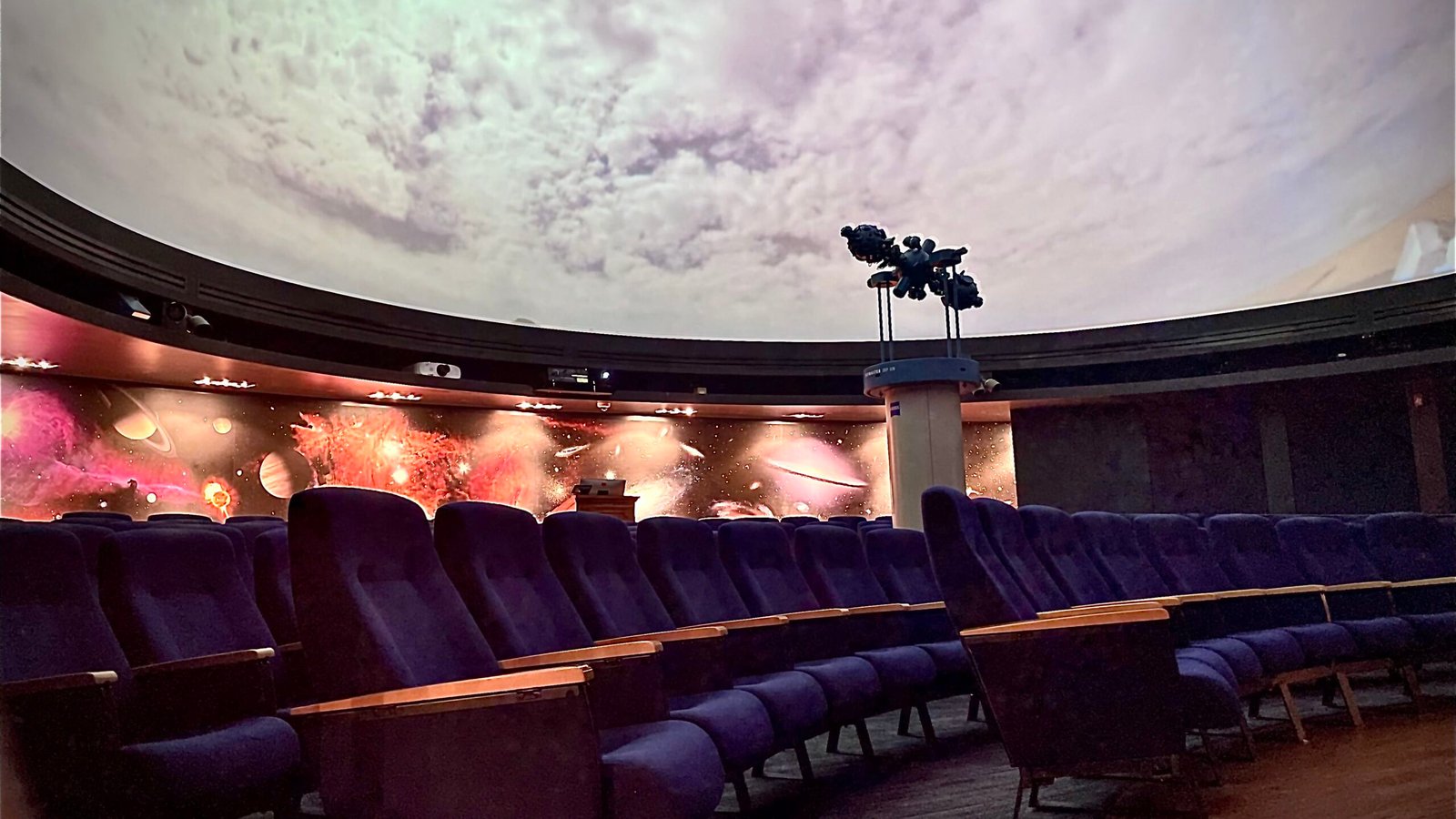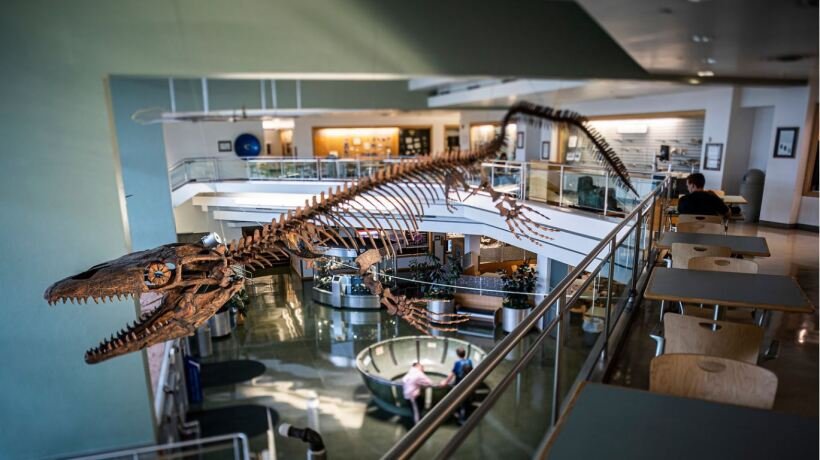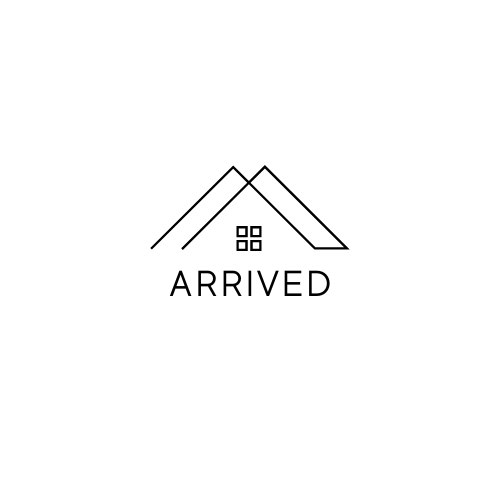Brigham Young University (BYU) is where you can learn much about history, art, and culture. On its big campus, museums hold a ton of knowledge. Each museum shows how much the university loves sharing all the exciting things people have experienced.
When you visit these museums, it’s like taking a trip through time. You get to see how incredible life is, how talented artists are, and how diverse cultures can be.
Let’s see the beautiful things inside BYU museums!
How Many Museums are There at Brigham Young University (BYU) in Provo, Utah?
Brigham Young University (BYU) in Provo, Utah, has 6 museums:
- BYU Museum of Art
- Museum of Peoples and Cultures
- BYU Planetarium
- Museum of Paleontology
- Monte L. Bean Life Science Museum
- HBLL Gallery
The 6 BYU Museums:
1. BYU Museum of Art

Brigham Young University Museum of Art in Provo Utah
The BYU Museum of Art is free! You don’t need to book ahead except for some events, so you can visit whenever you like. This museum brings people together to celebrate diversity and dive into unique exhibitions.
The BYU Museum of Art (MOA) is open at different times during the week so everyone can visit when it works best for them:
Mondays, Thursdays, and Fridays: open until late at 9 p.m.
Tuesday and Wednesday: open until 6 p.m.
Saturdays: open until early evening at 6 p.m.
They take a break on Sundays.
Parking
The BYU Museum of Art gives visitors free parking! You can park near the museum’s northeast entrance on North Campus Drive. There’s free parking in visitor lots all around the BYU campus.
Requesting a Tour of BYU Museum of Art (MOA)
You can make your museum visit with free tours! Experts can guide you, or you can explore independently if you like. If you have ten or more people, you can request a tour through a link on the BYU MOA website. Just click the link and tell them about your group and when you’d like to visit. Make sure to do this at least two weeks before your preferred dates.
About the BYU Museum of Art
BYU Museum of Art is an essential place for lots of people. It’s not just a museum where you look at art–it’s a prominent center for learning, exploring, and connecting with others.
The museum is a crucial part of Brigham Young University. It’s where students can study and research lots of different artworks. These artworks help students think deeply and be creative.
The museum has exhibitions and programs that make learning exciting and fun for everyone at the university.
What’s Inside the Museum?
The BYU Museum of Art is a huge, modern building with so much cool stuff inside! It’s big, covering more space than you can imagine—over 102,000 square feet!
Inside, there are ten exhibition galleries. They show lots of different and striking artworks.
There’s also an auditorium. It’s a space where they can have special events about art and culture, like talks or performances.
The museum has classrooms, too. Students get to have lessons and talk about art inside the museum. There’s even a small, cozy theater and a print study room.
The museum has its own store! You can find things related to art and culture there, like unique gifts you can take home.
Don’t forget the Museum Cafe where you can grab tasty food and drinks while looking at a beautiful garden and a reflection pool.
Design and Architecture
Many smart and creative people worked together to make the BYU Museum of Art. An architect named James Langenheim designed it, and he got help from other experts like LeMar Terry and Stuart Silver, who know a lot about lights and design.
They talked to other important people from the Smithsonian and the Getty Museum to ensure the museum would be a work of art. Every part of the museum was made to be beautiful and interesting, just like the art inside it.
2. BYU Museum of Peoples and Cultures

Come explore from Monday to Friday! The museum is open from 9 a.m. to 5 p.m. during these days.
The museum takes a break on Saturdays and Sundays, so plan your trip between Monday and Friday.
Visit the Museum of Peoples and Cultures without paying anything! It’s for free.
Visitors can park for free! The parking area is right on the east side of the Museum of Peoples and Cultures.
Want someone to show you around? Ask the Education Office for a guided tour led by an expert. They arrange tours, even for student field trips. Call or email them to plan your visit.
Prefer doing things your way? Take a self-guided tour whenever the museum’s open. You can wander around and learn at your own speed.
Add more fun to your visit! Do worksheets or other activities during your tour, and you might even win a prize at the front desk.
Contact the Education Office at (801) 422-0022 or email them at mpc_programs@byu.edu for more info or to set up your tours and activities.
History of the Museum of Peoples and Cultures
The museum started when BYU created its archaeology department in 1946. As the department grew, it needed a museum. At first, it was in the lower part of the Eyring Science Center.
The museum moved a few times: first to the Maeser Building in 1961 and then to Allen Hall in 1981. That’s when it got the name Museum of Peoples and Cultures.
Even before Allen Hall, the museum’s collections were in different places: the Lewis Building in Provo Center Street (which isn’t there anymore), the Academy Building on University Avenue (now the Provo City Library), and the Maeser Building on “campus hill.”
The museum got bigger and won awards. Awards like the State Certificate Award and the 2011 Award of Merit show how good it is.
The museum got help from grants, like more than $250,000 since 2000. Generous donations of $1.5 million in objects and money improved the museum’s collections.
Students in BYU’s museum program design and set up all the displays at MPC. They also plan events like date nights and Family Home Evenings (FHEs).
Volunteering
You can pick from many volunteer options in the collection and education departments. Work with the Volunteer Coordinator to find a project you love that helps the museum. Email them at mpc-volunteer@byu.edu to learn more and apply.
3. BYU Planetarium

The BYU Planetarium is open every week!
On Monday evenings at 7:00 p.m., space experts talk about the mysteries of our cosmos.
During Fall, Winter, and Spring, on Fridays at 7:00 p.m. and 8:00 p.m., the BYU Astronomical Society holds exciting shows about the night sky.
You don’t have to book ahead! Just come, buy tickets, and get ready to explore space.
Prices:
- Kids (under 12): $2
- Adults: $5
The BYU Planetarium doesn’t just host regular shows for the general public. It’s also open for groups like schools, scouts, and youth clubs! They have shows just for these groups that are educational and cost less.
Check the BYU Planetarium schedule if your group wants to see these shows.
Unlike regular shows, these ones need booking ahead. Make sure to book your spots early if your group wants to go.
About the BYU Planetarium
In 2005, the Royden G. Derrick Planetarium joined BYU in Provo, Utah. Since then, it’s gotten better! The planetarium sits inside the Eyring Science Center (ESC) Building.
The BYU Planetarium is usually for university classes but also for everyone else! They have shows just for community groups and the public.
If you’re part of a school, scout group, or youth club, the planetarium has shows for you! These cost $2 per person, and they’re held regularly. But remember, you have to reserve your spot! Just pick your preferred showtime from the schedule to book.
Booking for these shows is only done through the planetarium’s system. You’ll get an email to confirm your spot. It’s best to ask for reservations about a week before to ensure you get in.
4. BYU Museum of Paleontology

You can enter this museum for FREE! The museum wants everyone who loves dinosaurs, ancient history, or learning to join without worrying about paying a single dime!
But they accept donations if you feel generous and want to show your support. Your donations help keep their awesome collections and exhibits. It also fuels educational programs and supports research.
When you can visit the BYU Museum of Paleontology:
You can visit the museum from Monday to Friday, between 9 in the morning and 5 in the afternoon. The museum is closed on university holidays.
The museum is at 1683 N. Canyon Road, Provo, Utah 84602-3300.
You can park right in front of the museum. The museum’s parking lot is part of where people park for the LaVell Edwards Football Stadium.
About BYU Museum of Paleontology
The BYU Museum of Paleontology began in 1976 to care for rock and dinosaur fossils collected by Dr. James A. Jensen and his team.
Dr. Jensen and his team explored places like Utah, Colorado, Montana, and Wyoming for a long time, finding fossils. At first, they kept these fossils in bags under the BYU football stadium.
Later, they added a new section and worked in labs to prepare the fossils. Almost all of these fossils now have a home in the museum’s collections room.
Lots of schools in Utah love coming here! Every month, groups of students visit for fun tours and activities all about old plants and dinosaurs.
Volunteer Programs
The Museum of Paleontology wants volunteers! It doesn’t matter if you’re a fossil pro or not. They need all kinds of talents! They have a spot for you if you like drawing, taking pictures, guiding tours, or even organizing stuff.
Shoot an email to Dr. Rodney Scheetz at rod_scheetz@byu.edu.
5. Monte L. Bean Life Science Museum

I recently explored the Monte L. Bean Life Science Museum at Brigham Young University in Provo, Utah, and it was an enlightening experience! Here's what I found:
Location and Hours:
The museum is nestled at 645 E 1430 N in Provo, Utah, part of the Brigham Young University campus. It's open Monday through Friday from 10 AM to 9 PM and on Saturdays from 10 AM to 5 PM.
Admission:
One of the best parts? Admission is completely free! It's a great opportunity for anyone interested in life sciences without the worry of an entrance fee.
Exhibits:
The museum boasts a variety of fascinating exhibits:
1. Our Living Planet: This main floor exhibit features the world’s largest, most accurate, fiberglass globe with up-to-date NASA satellite images. It emphasizes the unique characteristics of our planet and how they support life.
2. Protect Your Planet: Here, you’ll find displays about threatened, endangered, and extinct species, including a full mount elephant and a specimen of the extinct passenger pigeon.
3. Quest for Knowledge: Located in the Southwest Alcove, this interactive exhibit encourages visitors to explore and understand the importance of scientific research and collections at the museum.
4. Our Sacred Stewardship: This enlightening exhibit, located in the North Hallway, delves into earth stewardship and features videos based on interviews with university faculty.
5. Explore the Provo River: An engaging exhibit that lets you explore the Provo River watershed through a 3D map, data from aquatic monitoring stations, and information about the river's wildlife.
6. Life Submerged: Showcasing freshwater and marine ecosystems, this exhibit includes displays of a coral reef, deep-sea thermal vent, and a river cross-section.
7. Understanding the Principles of Evolution: This thought-provoking exhibit delves into the theory of evolution and its role in understanding life on Earth.
8. Because of Plants: A 2D exhibit highlighting the critical roles of plants in supporting life on earth.
9. Why Insects: A fascinating display that tests your knowledge of insects and features a unique butterfly made of butterflies.
10. Exploring Nature's Interactions: This exhibit lets you explore various habitats and the interactions among Africa's wildlife.
11. Whooo Lives Here?: A toddler play area that teaches young children about animal homes.
12. Fred and Sue Morris Bird Gallery: A diverse collection featuring waterfowl and pheasants from around the world.
13. Boyd K. Packer Gallery: Honors President Boyd K. Packer and features his wildlife art, including animal carvings and paintings.
14. Common Vertebrates of Utah: Located in the museum's basement, this exhibit displays common vertebrates of Utah and educates on specimen collection.
Each of these exhibits offers a unique insight into the diversity and complexity of life on our planet, from the micro to the macro scale. It's a place where curiosity is fueled, and understanding is deepened, making it an ideal destination for families, students, and anyone with a keen interest in the life sciences.
6. HBLL Gallery at Brigham Young University

The Harold B. Lee Library (HBLL) is the main academic library of Brigham Young University located in Provo, Utah. It is open Monday through Friday from 7:00 AM to 12:00 AM, and Saturday from 8:00 AM to 12:00 AM. It is closed on Sundays.
The HBLL Gallery is located on the second floor of the library. It is free to visit and is open during the library's regular hours. The gallery features rotating exhibits of art, history, and culture.
The HBLL Gallery is a great place to learn about BYU's history and culture. It is also a great place to see art from local and international artists.
Here are some directions to the HBLL Gallery:
- From the north: Take I-15 south to Exit 261 (University Avenue). Turn right onto University Avenue and drive for 1.5 miles. The library will be on your right.
- From the south: Take I-15 north to Exit 263 (800 North). Turn left onto 800 North and drive for 0.5 miles. Turn right onto University Avenue and drive for 0.5 miles. The library will be on your left.
- From the east: Take US-189 south to Exit 12 (Provo Center). Turn right onto University Avenue and drive for 2 miles. The library will be on your left.
- From the west: Take SR-146 east to Exit 12 (Provo Center). Turn right onto University Avenue and drive for 2 miles. The library will be on your left.
Current Exhibitions:
The HBLL Gallery has hosted a range of interesting exhibits. Some of these include:
1. "The Art of Living" by Jeff Brimley, from July 18 to August 31, 2023
2. "Mary’s Closet," curated by Kayla Willey, from May 19 to July 28, 2023
3. "Keeping" by Kaylan Buteyn, from March 17 to May 17, 2023
4. "A Catholic Reads the Book of Mormon: Folk Carvings of Roman Śledź," curated by Candace Brown, from February 16 to April 20, 2023
5. "Celebration of Life: The Huntington & Bagley Studio," curated by Marissa Bischoff and others, from January 13 to May 13, 2023
6. "Playscapes" by Megan Stern, from January 20 to March 15, 2023
7. "The Birdhouse Project | Fall 2022," a showcase by Industrial Design 339 students, from December 12, 2022, to January 20, 2023

